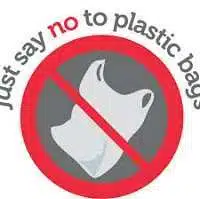
You are Rajan / Leela. As a responsible citizen, you have organised a campaign on ‘Say No to Polythene Bags’, in your locality. Write a report in not more than 125 words for publication in a magazine.
Ans:- SAY NO TO POLYTHENE BAGS
New Delhi: 15 March 2003.
The Manav Seva Samiti of Ashok Vihar organised a campaign (from the 9th to the 14th of this month) to create awareness about the hazard of polythene bags. The campaign was named ‘Say No to Polythene Bags’. Banners bearing this slogan were displayed at various places in the locality. Members of the Samiti divided themselves into groups of four. Each group visited the people in their homes. People were told how the use of polythene bags polluted the environment. They were told that polythene was not biodegradable. These bags could choke the sewers. They could also spoil the fertility of the soil. Shopkeepers in the locality were requested to give up the use of polythene carry-bags. People showed great interest in the campaign. Many of them promised never to use polythene bags in future. The campaign was a great success. Everyone in the locality praised the Samiti members for their good work.
Rajan
(Secretary)
Manav Seva Samiti
Ashok Vihar, Delhi.
Download the above Report Writing in PDF (Printable)